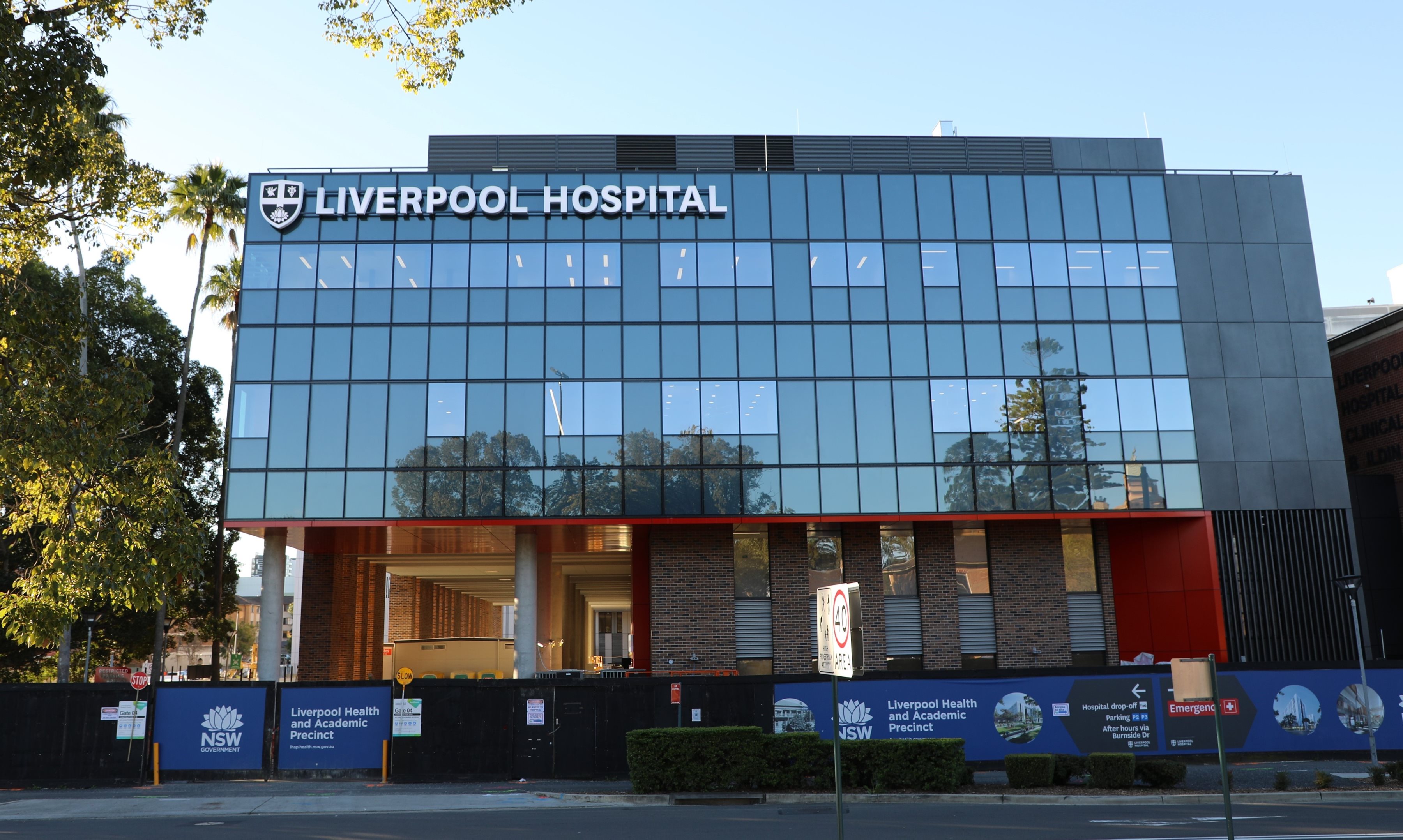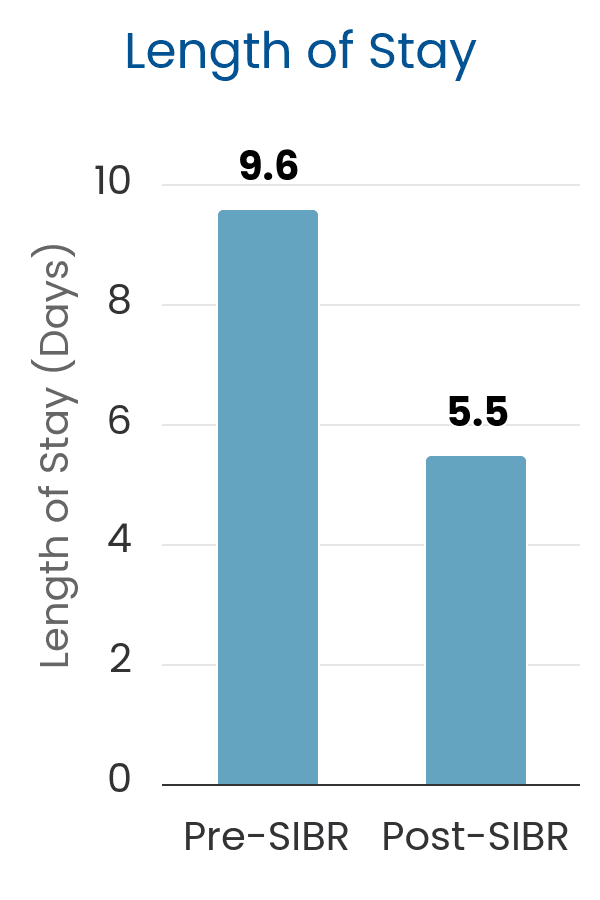
SIBR rounds on an ortho-trauma unit significantly improve length of stay and patient throughput

Top Results
Overview
The ortho-trauma unit implemented SIBR rounds to improve efficiency, ensure earlier decision making from senior clinicians, improve teamwork and patient experience.
Objectives
The ortho-trauma unit wanted to improve:
inter-disciplinary teamwork, collaboration and communication with a specific focus on including patients and carers in the delivery of care
patient safety, clinical outcomes and care coordination
Early decision making by a senior clinician
Workplace culture and satisfaction
Team efficiency
Methods
Dr Liam Chadwick from 1Unit visited the ortho-trauma service and observed the existing team communication processes and led an in-depth round table discussion of how SIBR rounds could work on the service. This was completed prior to a team of staff from the service participating in a three day SIBR residential training session led by 1Unit, supported by the New South Wales Clinical Excellence Commission (CEC). Following this the team had an advanced understanding of the SIBR rounds process, how to prepare, train staff, optimize the process to local needs and engage patients in the process.
Senior clinicians were bought-into the SIBR rounds process, which was critical to engagement. Staff received training on the SIBR process and what their role and expected inputs would be. Staff were provided regular feedback on their performance and communication after launch to help refine the quality of the SIBR rounds. Barriers reported to the implementation included issues with existing interdisciplinary collaboration, resistance to change and difficulties in evaluation, i.e. having access to unit specific data.
Results
Throughput
43% decrease in length of stay
50 additional patients treated in the unit each month
Conclusion
Implentation of SIBR rounds on the ortho-trauma unit significantly reduced the average length of stay (43% reduction in length of stay), enabling a corresponding increase in the number of patients treated each month (50 extra patients per month).



